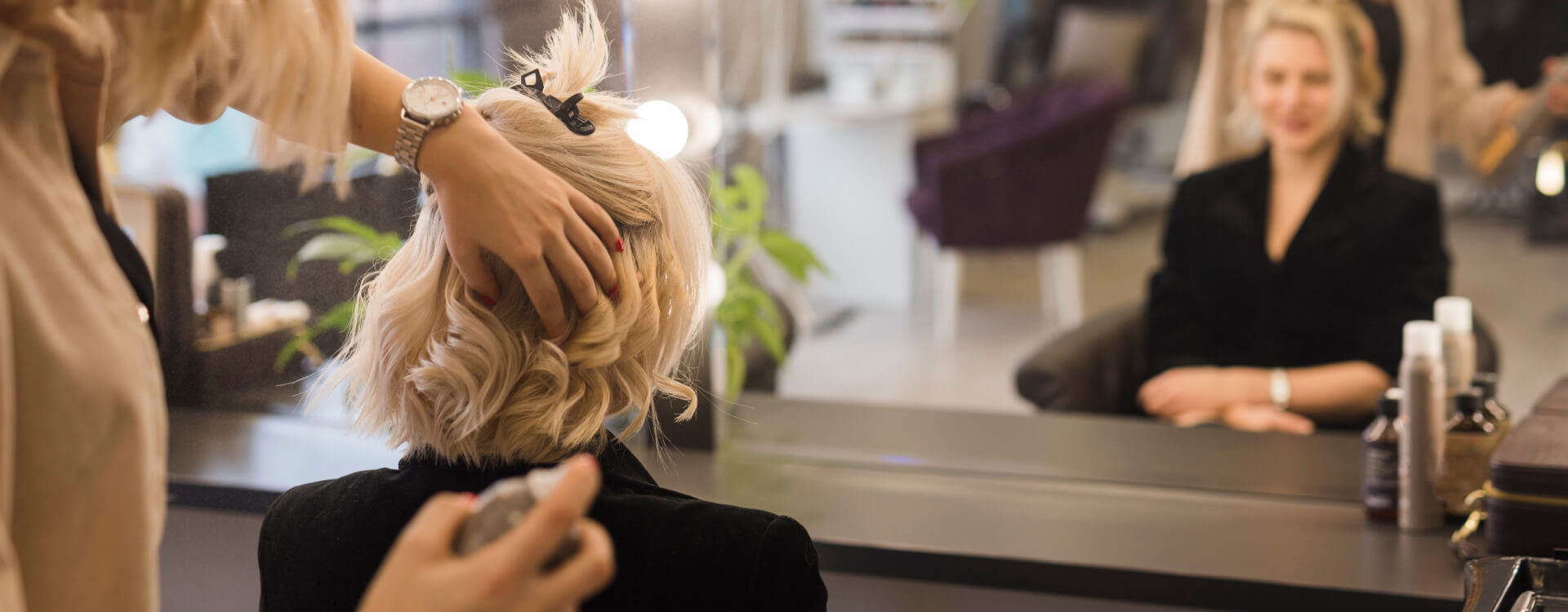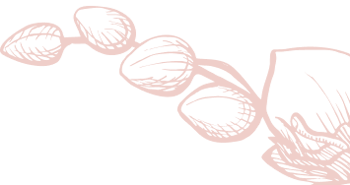
About
Age Spots
Fade stubborn age spots with effective pigmentation removal therapies. Our expert dermatologist in Lucknow uses lasers, peels, and advanced skin care to restore an even-toned, radiant complexion.
Book Appointment NowCall to book Appointment +91 8002558860

About
Fade stubborn age spots with effective pigmentation removal therapies. Our expert dermatologist in Lucknow uses lasers, peels, and advanced skin care to restore an even-toned, radiant complexion.
Book Appointment NowAge spots are small, flat dark areas on the skin. They vary in size and generally appear on areas exposed to the sun, similar as the face, hands, shoulders and arms. Age spots are also called sunspots, liver spots and solar lentigines.
Age spots are very common in adults older than 50, but younger people can get them if they spend time in the sun.
Age spots might resemble malignant growths. True age spots don't require treatment, but they are a symptom of extensive sun exposure and your skin's defence mechanism against further UV damage. They can either be lightened or deleted for cosmetic purposes.
Use sunscreen frequently and stay out of the sun to help prevent age spots.

At The Velvet Skin Centre, the best dermatologist in Lucknow, Dr. Asma, specializes in age spots removal using lasers, chemical peels, and topical therapies. These treatments target sun-induced pigmentation and uneven tone, restoring clear, youthful skin. Patients achieve a brighter, radiant complexion with safe and proven dermatological methods.
Age spots develop when the body produces too much melanin. The pigment melanin is what gives skin its colour.
The body produces additional melanin to shield the skin from the sun's ultraviolet (UV) radiation when it is exposed to sunlight.
The skin gets darker as more melanin is generated.
Age spots develop when extra melanin in the skin congregates.
ColorThe colour of age spots ranges from light brown to black. After a while in the light, they could become darker.
Texture The texture of the patches is identical to the rest of your skin. They generally show up on regions exposed to the sun. They don't hurt and are flat to the touch.
Size Age spots can be as small as a very small blemish or as large as an inch in circumference.
Grouping They might show up alone or in a group, which can draw additional attention to them.
Shape Age spots often have sharp edges and are oblong or circular in shape.
Age spots don't pose any health risks, thus normally no treatment is required. Having said that, you might want to get age spots removed due to how they appear.
The following are some possible treatment options.
Bleaching lotions may be recommended by a doctor to help ageing spots progressively vanish. These creams typically contain hydroquinone and retinoids like tretinoin if necessary.
Just remember that it typically takes these treatments many months to reduce age spots.
Also keep in mind that tretinoin creams and bleaching can make your skin more vulnerable to UV ray damage. Even on gloomy or overcast days, sunscreen should always be worn both during treatment and after.
Age spots can be removed or reduced using a number of medical procedures, however these operations do have a chance of complications and adverse effects.
Inquire with a dermatologist, plastic surgeon, or other expert in skin care about the treatment that might be best for your skin.
Among the medical treatments for age spots are:
Wearing sunscreen after any skin treatments or procedures is equally vital as wearing sunscreen every day. In addition to shielding your skin from UV damage as it heals, sunscreen also helps stop age spots from reappearing.
There are also many over-the-counter (OTC) lotions available that are touted as age spot treatments. Although they are not as potent as prescription creams, these creams could be able to help reduce excessive skin pigmentation.
In summary, it's typically ok to try them before scheduling a dermatologist appointment, but be aware that they might not be as successful as medical care.
Choose an OTC cream with one of the following ingredients if you want to use one of them:
Age spots cannot be removed by cosmetics, but they can certainly be covered up. Consult a cosmetics specialist, dermatologist, or plastic surgeon for advice on the best age spot concealing brands and products.
About
About
With multiple skin and hair care clinics across Lucknow, including The Velvet Skin Centre led by Dr. Asma – the best skin doctor in Lucknow and a trusted hair specialist doctor in Lucknow – we make expert dermatological treatments easily accessible, ensuring you receive the best care close to home.
Phone: +91 8002558860
Phone: +91 8002558860
Phone: +91 8002558860

Copyright @ 2025 The Velvet Skin Centre All Rights Reserved